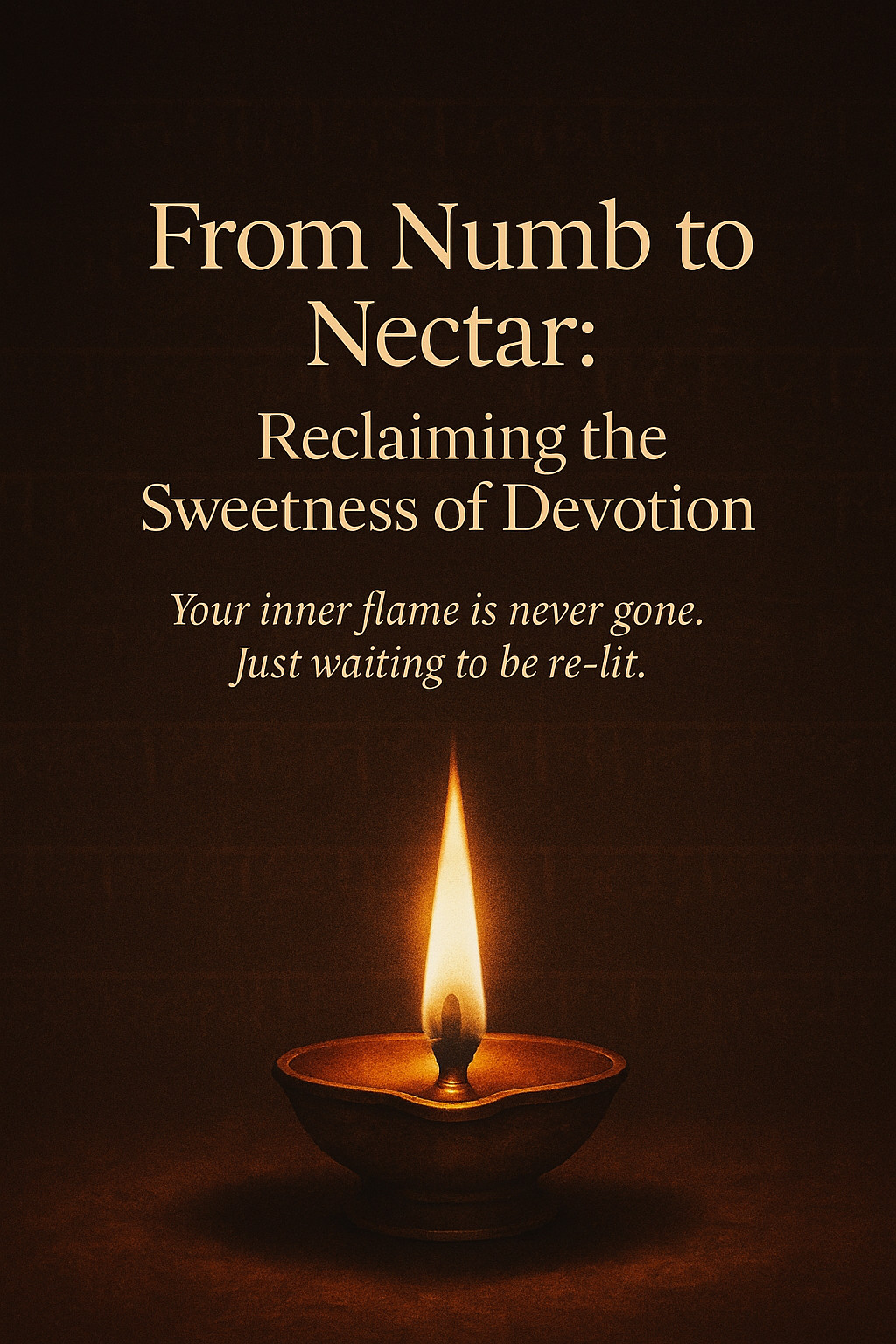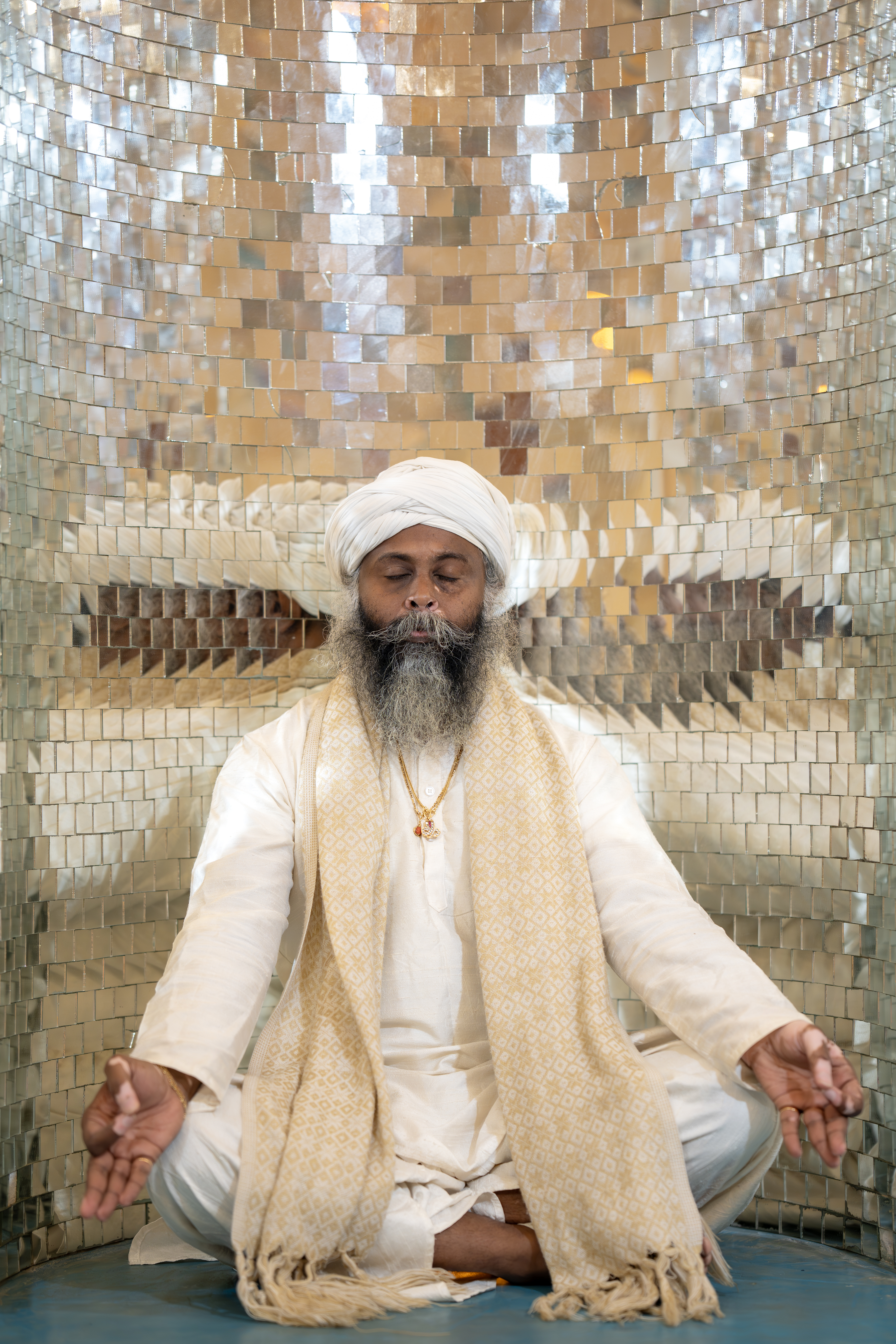Music and mantra, while both rooted in sound, serve uniquely distinct roles in our spiritual and emotional explorations. Music engages the aesthetic senses by evoking emotions and creating stories through harmonies and rhythms, offering a subjective experience that stirs the soul. In contrast, mantra transcends this emotional realm, operating within the scientific precision of frequencies and cosmic mathematics, underscoring its deeper spiritual significance.
Mantras are structured as precise sequences of syllables and vibrations that align with universal consciousness, as seen in ancient Vedic traditions. These sacred sounds, such as the primordial "Om," function through vibrational resonance to unlock healing and spiritual potentials, beyond mere emotional expression. Unlike music, mantras utilize specific mathematical patterns to connect individuals to higher cosmic energies, facilitating spiritual growth and transformation.
Despite their differences, music and mantra often intersect, especially within spiritual practices where music serves as a vehicle for mantra. This synergy can be observed in practices like Kirtan, where devotional singing intertwines with mantra chanting to enhance the meditative experience. Thus, music and mantra together encapsulate the duality of human experience—emotional and divine—by offering pathways to both emotional release and spiritual enlightenment.
Read more...Day 4 of Navaratri honors Goddess Kushmanda, the fourth form of Devi Durga, revered for her role as the cosmic mother who created the universe with her radiant smile. Her name, derived from "Ku" (little), "Ushma" (energy), and "Anda" (cosmic egg), signifies her as the harbinger of light and life. Worshipping Kushmanda is believed to invoke her blessings for health, wealth, happiness, and the ability to overcome obstacles with inner strength and positivity.
This day emphasizes maintaining inner strength and nurturing creativity amidst challenges, symbolized by Kushmanda's association with the sun as the source of all energy. Devotees focus on reflection, embracing positivity, and achieving deeper self-awareness through spiritual practices. Her eight-armed depiction, riding a tiger and holding symbols of divine power, highlights her mastery over creation and destruction and her ability to dispel darkness and negativity.
Rituals for this day include offering prayers and special prasad, wearing green for growth and renewal, and engaging in meditation. Acts of kindness and charity are also encouraged to enhance the positive energy Kushmanda radiates. Embracing Goddess Kushmanda’s divine energy inspires inner transformation, fostering our own creative potential and encouraging us to illuminate our lives with resilience, growth, and abundance.
Read more...Understanding adult attachment is crucial as it profoundly influences our emotional well-being and overall life satisfaction. While traditionally associated with the parent-child bond, attachment continues to play a significant role throughout adulthood, particularly in romantic relationships. Our adult attachment styles, often shaped by early childhood experiences, determine how we connect emotionally, experience intimacy, and build trust in relationships.
There are four primary attachment styles: secure, anxious, avoidant, and fearful-avoidant (disorganized). Secure attachment fosters strong relationships through balance and openness, while insecure styles can lead to patterns of mistrust and anxiety. Cultivating a secure attachment in adult relationships provides emotional security, enhances communication, builds intimacy, fosters resilience, and supports better mental health.
To cultivate healthy adult attachment, individuals need to practice self-awareness, engage in open communication, and make themselves emotionally available. Seeking therapy, building trust, and practicing vulnerability are actionable steps toward evolving one's attachment style. Ultimately, nurturing adult attachment strengthens bonds, offering a foundation of emotional safety, mutual respect, and enduring love in relationships.
Read more...Navaratri, the nine-day festival of devotion, focuses on honoring the nine forms of Goddess Durga, with the third day dedicated to Goddess Chandraghanta. Known for her strength and fierce determination, Chandraghanta symbolizes the transformation of energy into action. Her presence is believed to help devotees overcome obstacles, instilling courage, strength, and inner peace.
Chandraghanta, depicted with a crescent moon resembling a bell on her forehead, rides a tiger and wields multiple weapons, embodying fearlessness and divine feminine energy. While her warrior-like form signifies protection, her emanation of peace and serenity highlights the balance between power and inner calm. She represents the Manipura Chakra, focusing on willpower, discipline, and courage.
Devotees engage in rituals, prayers, and the recitation of specific mantras to honor Chandraghanta, often wearing red to symbolize passion and power. Day 3 is about channeling divine energy to transform fears into faith and challenges into stepping stones for personal growth. Chandraghanta teaches that true power lies in mastering one's fears with courage, love, and mindful action.
Read more...In a society where love is often linked to control and possession, surrendering seems counterintuitive, yet it is the core of the deepest, most transformative love. True love, which surpasses ego and fear, invites us to surrender not to another person but to the highest good and to the flow of life itself. This surrender opens us to miracles and reveals true freedom, enabling a love that is boundless and unconditional.
Surrendering in love is not about loss of control or power but about releasing expectations and trusting life's wisdom. It involves embracing vulnerability by breaking down defenses built around the heart, such as fears of rejection or abandonment. By doing so, we create space for a connection that is authentic and transformative, allowing the relationship to evolve naturally, guided by trust that life will lead us toward the highest good.
This surrender is an active, courageous process that frees us from control and fear, allowing love to transcend mind and ego. It aligns us with the highest good for all involved, honoring personal boundaries while supporting mutual growth. Ultimately, surrendering in love paves the path to true freedom—freedom to love deeply and fully, without reservation, embracing the divine essence of real love.
Read more...
